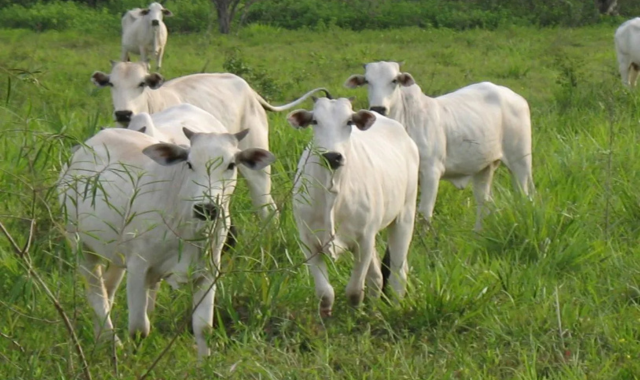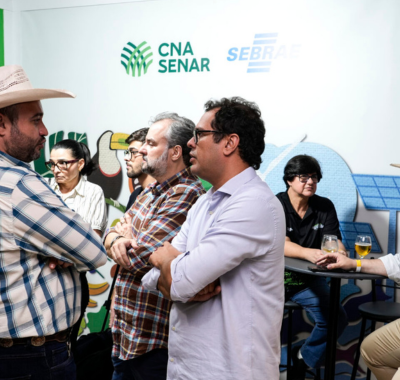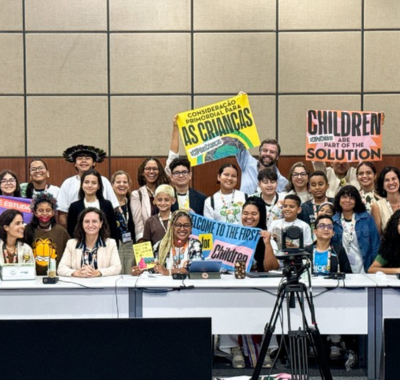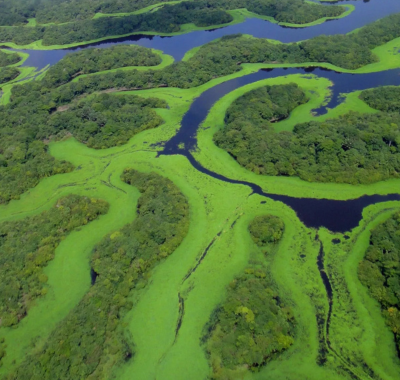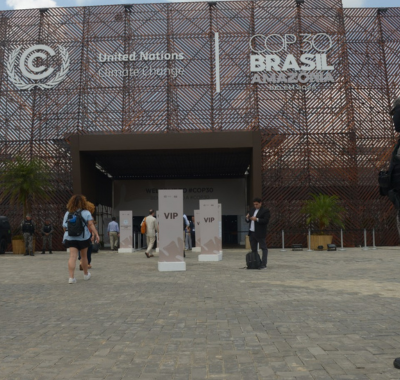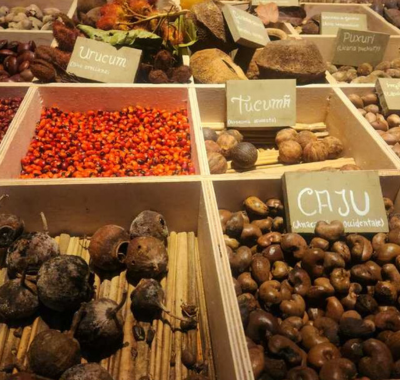A UN Environment Program report urges countries to take more ambitious action to cut methane (CH₄) emissions by 30% by 2030.
By Cristiane Prizibisczki
Despite a 2021 global pledge to curb methane pollution by 30% before 2030, global emissions of this potent greenhouse gas continue to rise. That’s according to a study released Monday (Nov. 17) by the United Nations Environment Program (UNEP) and the Climate and Clean Air Coalition (CCAC).
The Global Methane Status Report underscores the need for concrete measures to control methane emissions. Only decisive action can bridge the gap toward meeting the Global Methane Commitment—an agreement launched at the Glasgow Climate Conference and now signed by 159 nations, according to the report.
Methane is a short-lived but powerful greenhouse gas, lasting only 10 to 20 years in the atmosphere, yet has a global warming potential 28 times greater than carbon dioxide (CO₂) over a century.
G20 nations are responsible for 63% of human-caused methane emissions worldwide, according to the International Energy Agency (IEA).
These economic powerhouses also represent 72% of the world’s methane mitigation potential, according to Monday’s UNEP report.
“More robust measurement, improved reporting and increased funding are crucial for tracking progress, focusing on major sources and closing the investment gap,” the UN Environment agency stated.
The UNEP study finds that tackling methane emissions could prevent more than 180,000 premature deaths and avoid the loss of 19 million tons of crops annually by 2030.
Methane in Brazil
Brazil ranks as the world’s fifth-largest methane emitter, behind China, the United States, India and Russia. In 2023—the latest available year—Brazil emitted 21.1 million tons of methane, with 75% coming from agriculture, especially livestock, according to Brazil’s Climate Observatory Greenhouse Gas Emissions Estimation System (SEEG).
In 2023, methane from enteric fermentation in Brazilian cattle—commonly called “cattle burping”—exceeded Italy’s total greenhouse gas emissions that year, SEEG data show.
The system also reports that Brazil’s methane emissions have been rising since 2005. Between 2005 and 2024, emissions increased by 7.2%, from 19.6 million tons of methane (MtCH₄) to 21.1 MtCH₄.
Brazil has the world’s second-largest cattle herd and leads in meat exports. From 2020 to 2023, Brazil’s cattle population grew from 218.2 million to 238.6 million, according to IBGE, Brazil’s Institute of Geography and Statistics.
Renata Potenza, a climate policy and agricultural carbon methodology expert at Imaflora, notes that Brazil lacks dedicated methane legislation. Some broader policies—including the as-yet unfinished Climate Plan and the Low Carbon Agriculture Plan (ABC+ Plan)—seek to address the emissions reduction agenda.
The challenge, Potenza says, is how these documents address methane. “I believe methane is still handled too timidly in Brazil’s Climate Plan and broader climate policies. There’s no need to reinvent the wheel, but it’s crucial to strengthen these policies so they are truly focused on reducing methane emissions,” she says.
Potenza points out there are existing technologies available to reduce methane emissions, both directly and indirectly. These include lowering the age at which cattle are slaughtered and rehabilitating degraded pastures.
Still, she adds, translating commitments and technologies into action among rural producers remains a major hurdle. “The topic isn’t widely understood—it requires more education. Simply talking about methane isn’t enough to persuade farmers. We need to show that cutting methane can also boost productivity. This is an emerging issue that has yet to reach farms in a meaningful way,” she explains.
–
This article was produced by ((o))eco as part of the Socio-environmental Collaborative Coverage of COP30. Read the original article (in Portuguese) here.

